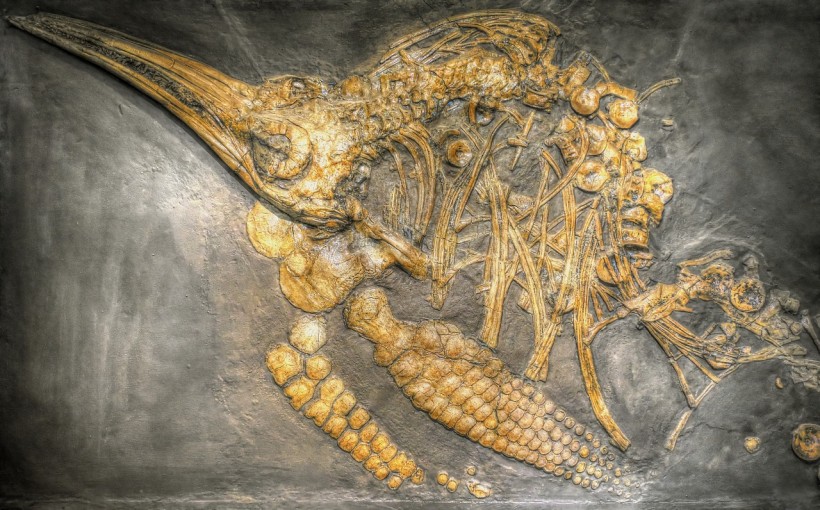Ichthyosaurs were marine reptiles as big as humpback whales that patrolled the seas of present-day Nevada about 246 million years ago. The first fossils discovered were only dog-sized, but a recent analysis of partial skeleton scientists recovered from the Augusta Mountains shed new light on their rapid growth during the era of dinosaurs.
EurekAlert! reported that analysis of the two-meter skull of ichthyosaur they discovered suggests that the marine reptile grew rapidly grew in a short time, quicker than the whales did

Ichthyosaurs Evolved Into Massive Marine Reptiles Faster Than Whales. Growing Up to Become Earth's First Giants
Earth's First Giants Ruled the Waves
Millions of years ago, when dinosaurs ruled the land, ichthyosaurs also ruled the waves. They swam the ancient seas during the Age of Dinosaurs after evolving to have fins and hydrodynamic bodies like fishes and whales.
According to Sci-News, ichthyosaurs first appeared in the oceans after the Permian mass extinction and later on became extinct about 90 million years ago during the early Late Cretaceous epoch. They breathe similarly to dolphins and whales, have large eyes for better vision, especially in the deeper parts of the ocean, and have elongated skulls with jaws that they used to catch fish and squid.
Scientists previously theorized that the swimming reptiles may have been apex predators of their ecosystems, but they could not confirm it due to a lack of evidence. Only recently, there has been direct evidence of this claim after scientists found the two-meter skull at the Fossil Hill Member in the Augusta Mountains of Nevada.
In their research, titled "Early Giant Reveals Faster Evolution of Large Body Size in Ichthyosaurs Than in Cetaceans," published in Science, paleontologists reported that they discovered the first skeletons of the first giants of Earth long before dinosaurs roamed the land.
EurekAlert! reported that the well-preserved skull was found along with a part of the backbone, shoulder, and forefin that dates back to the Middle Triassic or about 247.2 to 237 million years ago, which suggests they were the earliest case of ichthyosaur reaching such massive size at a length of over 55.78 feet (17 meters). They named it Cymbospondylus youngorum, the largest animal ever discovered from that period and is said to be the first giant creature to inhabit Earth.
ALSO READ: Dinosaur Fossil in Australia First Thought as Giant Carnivore Confirmed Today as Herbivore
Why the Discovery of Earth's First Giant is Important?
Paleontologist Dr. Martin Sander from the University of Bonn said that the importance of their discovery was not apparent at first because they only found a few vertebrae exposed on the side of the canyon. But they found a skull, forelimbs, and chest region hidden in the rocks.
Paleontologist and study co-author Lars Schmitz said that this fossil and other skeletons they found in Nevada is a testament to how resilient life is and how remarkable evolution could be if the right environmental conditions are right, especially even after a massive extinction event that caused chaos in the entire planet.
Schmitz said the ecosystem preserved the fossils stable and well functioning enough to support large and beefy marine reptiles. Popular Science reported that a clue to this claim is the fish fossils found near where they discovered the skull of ichthyosaur. "We're cutting out several steps in that food chain, so [there's] more direct transfer of energy up to the top levels," the news outlet quoted Schmitz.
RELATED ARTICLE: Martina the Ichthyosaur: The 246 Million-Year-Old Pregnant Fossil from Reno was Excavated by Paleontologists and a Craft Brewer
Check out more news and information on Dinosaurs in Science Times.














